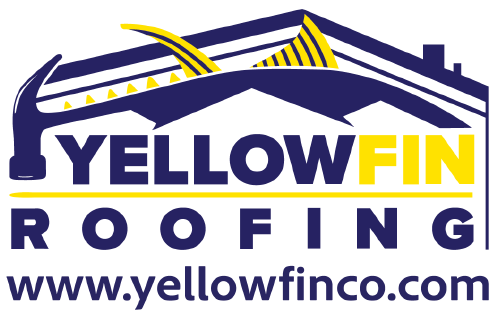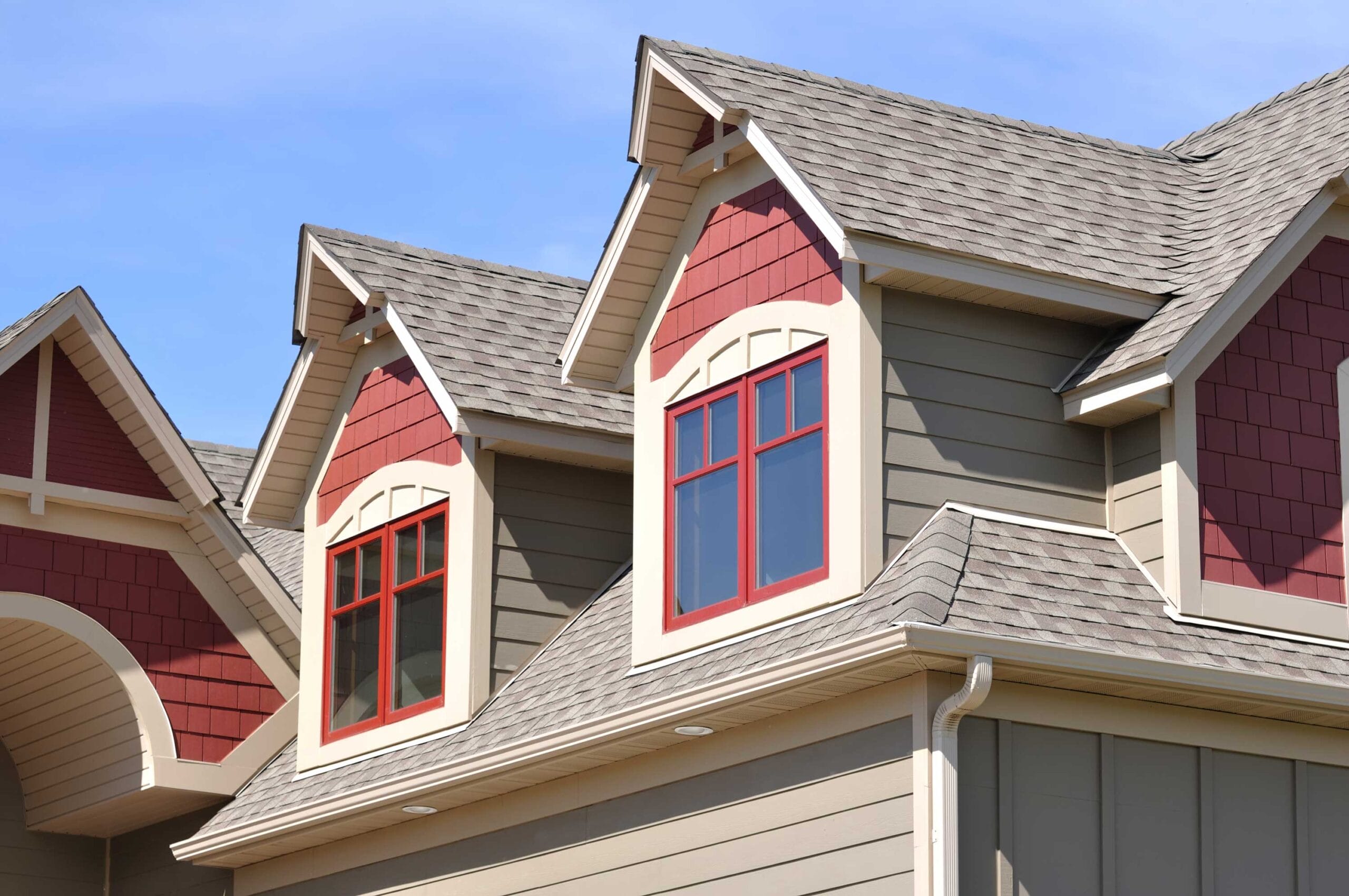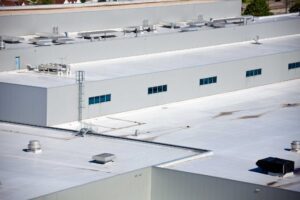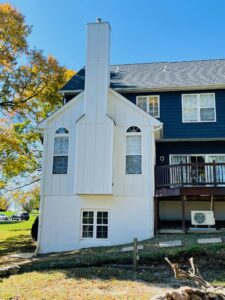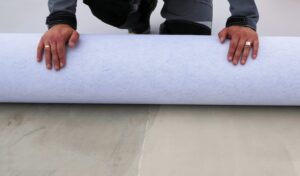The Northeast corner of the United States boasts a wide array of weather and juxtaposing coastal and inland cities. Believe it or not, some roof types just aren’t recommended for coastal cities or places that have all four seasons of the year.
In Delaware, for example, we see all four seasons, but with milder winters, and relatively humid summers. Homeowners in our state want low-maintenance roofs that still offer protection during severe thunderstorms, as well as possess the right insulation to keep cool in the hot summer months.
There are a few common roof types we see in the Northeastern states: asphalt shingles, red cedar shakes, slate, and metal. Each carries its own set of strengths and weaknesses, so let’s compare these common roof types to help you determine the best option for your needs.
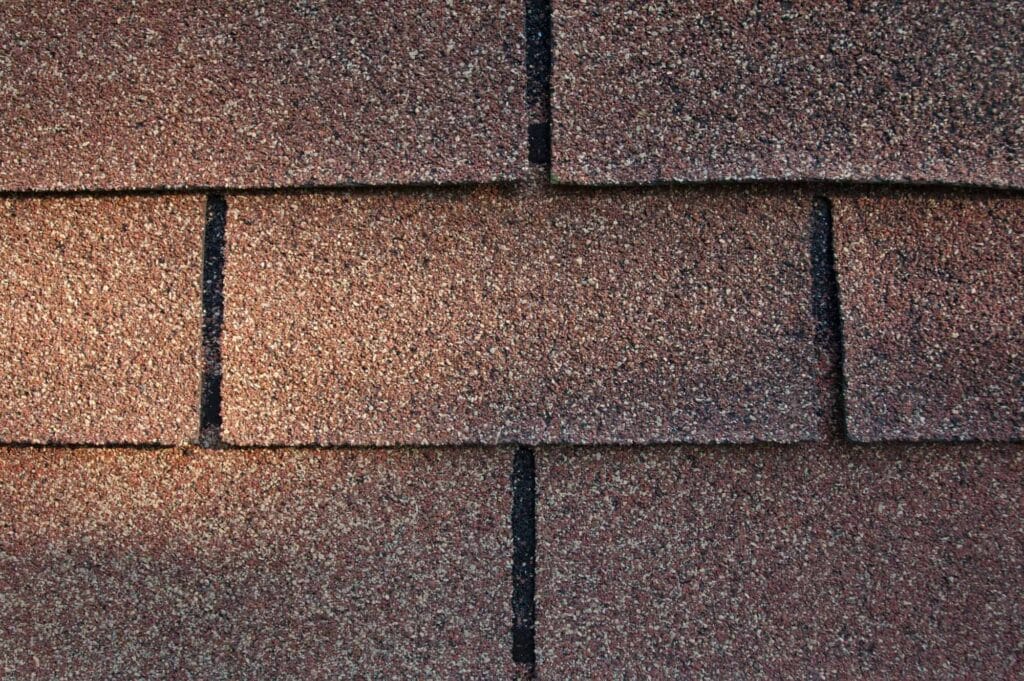
Asphalt Shingles
Asphalt shingles are the most common choice for roofs in America. They are affordable, durable, and can imitate the look of much more expensive, luxurious materials like slate or cedar shake. Asphalt shingles are especially durable against rain and snow, making it perfect for areas that experience a varying climate.
The three main varieties of asphalt shingles are 3-tab, dimensional, and luxury. 3-Tab shingles are the most basic of the three, and they combine functionality with affordability. This makes them perfect for homeowners on a budget. They will last for about 20 years with little maintenance. The name 3-tab comes from their notched outer layer—generally in 3 tabs, giving it a slightly more dimensional appearance.
Dimensional shingles are probably the most popular of the three. They are also durable, and their dimensional appearance gives some more dynamics to the design over the flatter 3-tab shingles. They cost a little more upfront, but their longevity pays off—lasting upwards of 30 years.
Luxury asphalt shingles are designed to imitate the beautiful look of cedar or slate shingles but at a fraction of the cost. Their multi-dimensional appearance looks amazing on period homes or home styles that look best with slate or cedar shingles. Their texture and shadows give the same curb appeal as much more expensive materials. Plus, their added weight (up to 3x heavier than 3-tab shingles) makes them incredibly durable against severe weather like tornadic winds and hail.
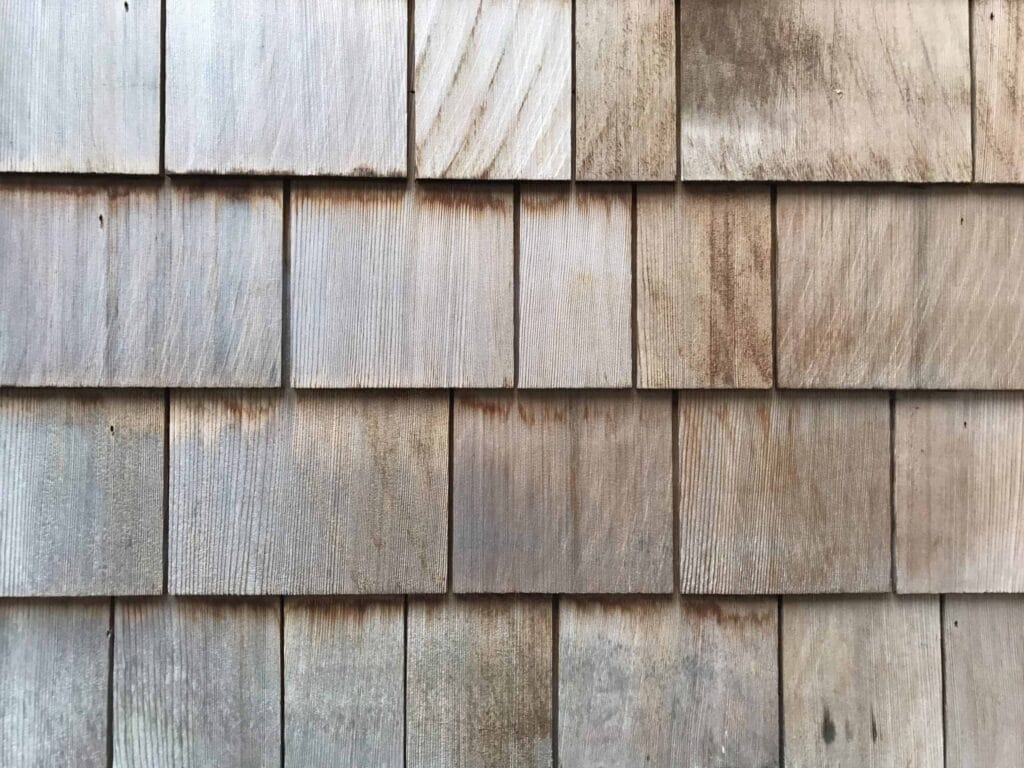
Cedar Shakes or Shingles
Cedar shakes are beautiful, natural wood that has been split or sawn into a wedge-shaped shingle. Cedar shakes can be used as both roofing or siding material. It has gorgeous curb appeal, and ages from reddish-brown wood to a natural grey look. With little to no maintenance, cedar shingles can last up to 50 years.
Their added insect and weather repelling nature makes for an excellent material for a worry-free roof. They cost a lot more than other materials but make up for it in their resistance to the elements and long lifespan. Not to mention their natural insulation abilities keep your home cool in the summer and warm in the winter, without a significant boost in your utility bills.
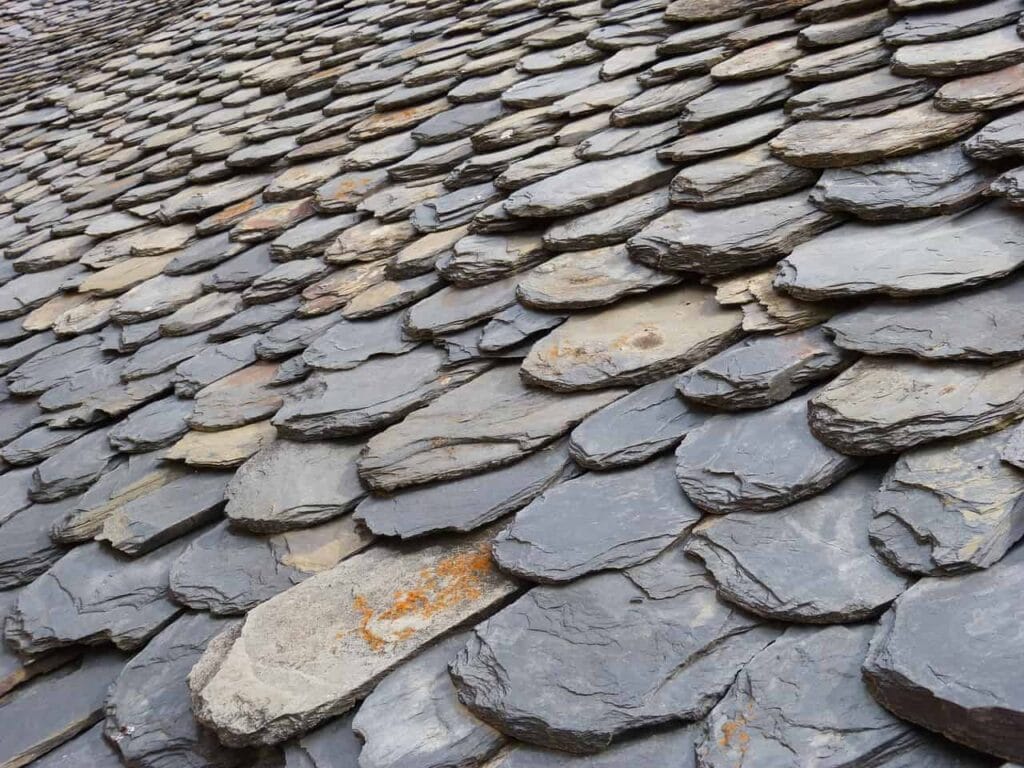
Slate Shingles
Slate has been coined the “forever roof” for its extreme longevity and durability. A slate shingle roof can last, untouched, for over 100+ years. But, with that longevity comes a substantial investment. A slate shingle roof can cost up to 10 times more than your average asphalt shingle roof. Depending on where you live and the size of your roof, it can cost between $11,000 and $30,000 to install a slate roof.
Here’s what makes that investment worth it. Slate is a natural rock that is sure to last for 100s of years as long as you don’t treat, polish, or paint it. Its design is timeless and will never go out of style, and can work with any variety of home styles. It is naturally water and fire-resistant. Slate will not absorb moisture, so you never have to worry about mold or fungus growth. Its low water absorption also means it will be resistant to damage from frost or freezing.
Overall, slate shingles will work in most climates. Plus, the only repairs you may need to make in its long lifespan are replacing the worn-out flashing and replacing single shingles that have cracked or moved. So if you imagine living in your house, or if you own a commercial property, and plan to keep this building in the family or the business for years to come, investing in a slate roof is worth it. Replacing an asphalt roof every 20 years can add up, and if you tack on maintenance and other repairs, it ends up becoming a hassle throughout the years. Installing a slate roof guarantees worry-free maintenance and a roof that will long out-live anyone who owns the property.
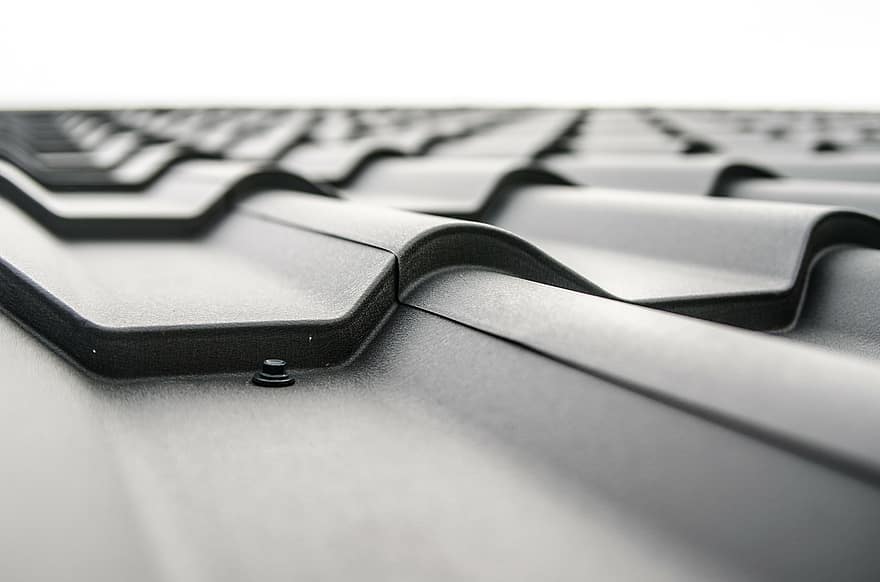
Metal Roofing
Metal roofs can come in many forms, mainly sheets or shingles, but the benefits remain the same. There are four significant benefits to installing a metal roof, and they are: long life expectancy, conducts heat, sheds snow and rain, and it’s very lightweight. Aside from the “forever roof” slate, metal roofs are one of the longest-lasting roof materials at 30-50 years.
Resistance to insects, fire, and mold make metal roofs an incredible investment. In the winter months, their dark color heats up quickly and easily melts and sheds the snow. Meanwhile, in the hot summer months, the metal reflects sunlight, which can keep your house cooler as heat is not penetrating your attic, heating your home. You can look forward to saving money on your monthly electricity bills.
Their lightweight material makes installation and repair a breeze. Compared to other, heavier materials like concrete and slate, it can potentially save on labor costs due to it being a little easier to haul and install. If you are thinking of installing shingles, metal may be your best bet. If you are looking for more durability and a long-lasting roof, metal should be your obvious choice over cedar or slate, for example. It costs far less but will last just as long as what you need. It will be your best option if you are looking for a very low-maintenance investment. You can set it and forget it, as they say.
What to Consider Before Choosing Which Type of Roof to Install.
There are a few key factors that should play into your decision to choose a particular roofing material or not. Climate, cost, maintenance, ROI, etc. to name a few. Not all roofing materials work for all environments. For those in the Northeastern states, and other states in the Midwest who experience all four seasons, would not likely benefit from terra cotta or concrete roof like you see in Southwestern states in a desert climate. And although some large cities consider flat green roofs a great sustainable option, in states that experience winter, it requires regrowing it all over again each Spring. Not 100% ideal, but the climate is a significant factor to consider.
You also want to look at the return on investment for your new roof. If you plan to live in your home for the rest of your life, a more substantial investment may be viable to have that high rate of return. If you plan to sell in a few years, a cheaper new roof may be just as beneficial as spending a more considerable amount of money right now. A large investment may only slightly raise the selling price of your home, and you may not get as much return on that short term investment.
No matter the type of roof or roofing materials you are considering, we at Yellowfin are here to answer any questions you may have. We can make recommendations, and even offer you a FREE in-home estimate here. Contact us today, and let’s get you on the path to a new and improved roof!
Need Roofing Help? Drop Us A Line!
Frequently Asked Questions
What is the most common roofing material in the NorthEast?
The most common roofing material is by far asphalt shingles. This is not unique to the NorthEast as asphalt shingles are widely popular across the country. Universally they are good at protecting your home and are fairly cost effective.
What factors should I consider when choosing my roof material?
One of the most important things to consider is where you live? Do you get a lot of rain? Do you have a lot of hail? Or very long, hot Summers? All these factors play into the material you should get. Click here for more information on how to choose the best roofing material.
What roofing material is the most cost effective?
Typically the most cost effective roofing materials are highly durable, long lasting materials. Concrete, clay, slate, or metal roofing are all excellent options. While they cost more upfront, you’ll save significantly in the long run by lowering maintenance costs and lengthening its lifespan.
